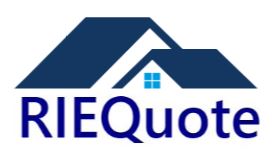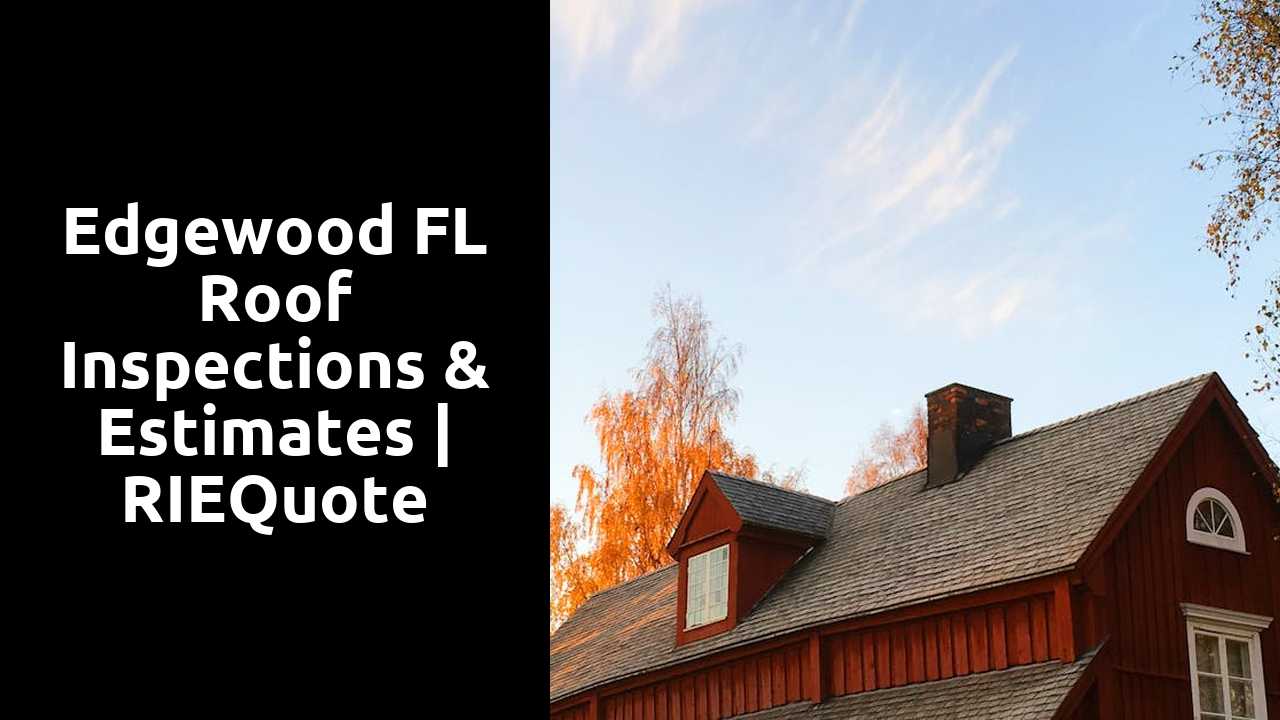DIY Roof Inspection Tips
When conducting a DIY roof inspection, start by gathering the necessary safety gear, including a hard hat, slip-resistant shoes, and a harness. It’s crucial to have stable ladders and avoid inspecting during wet or windy conditions to minimize risks. Inspecting your roof requires keen attention to detail; look for missing or damaged shingles, rust on flashing, and any debris accumulating in the gutters. These initial evaluations can highlight potential issues before they become more significant, thereby saving time and money in future repairs. REIQuote Edgewood FL
Safety Precautions and Techniques
Climbing onto a roof for inspection requires careful planning to ensure personal safety. Always start by wearing appropriate gear such as non-slip shoes and a safety harness if the roof pitch is steep. Use a sturdy ladder, ensuring it’s stable against the building. Avoid inspecting roofs in wet conditions or high winds since these can significantly increase the risk of slips and falls. If you’re not comfortable with heights or lack the necessary equipment, consider hiring a professional for roof inspections to ensure safety.
Understanding Roof Estimates
A roof estimate serves as an essential blueprint for homeowners planning roof repairs or replacements. This document outlines the scope of work required, detailing the materials and labor costs involved. Various factors influence the final estimate, such as the roof’s size, design complexity, and the types of materials used. It’s vital to understand every component of the estimate to ensure transparency and to discern where potential savings can be realized.
Key Factors Influencing Costs
Several elements contribute to the overall costs associated with roof inspections and estimates in Edgewood, FL. The size and complexity of the roof significantly impact the price. Larger roofs require more time and resources for a thorough inspection. The type of materials used for roofing also influences costs, as certain materials may require specialized expertise or equipment to assess properly. Age and condition of the roof can further dictate inspection costs, where older roofs might need more extensive evaluation due to potential wear or damage.
- The size of the roof determines inspection duration and resource use.
- Roof complexity requires specialized techniques and expertise.
- Different roofing materials may incur varied inspection costs.
- Older roofs often require more detailed assessments due to wear.
Edgewood Roof Inspection FAQS
What is included in a roof inspection in Edgewood, FL?
A roof inspection in Edgewood, FL typically includes checking for visible damage, examining the roofing materials, assessing flashings, inspecting gutters and downspouts, and identifying any potential leaks or structural issues.
How often should I have a roof inspection in Edgewood, FL?
It is recommended to have a roof inspection in Edgewood, FL at least once a year, especially after severe weather events, to identify any issues early and maintain the integrity of your roof.
What factors influence the cost of a roof estimate in Edgewood, FL?
The cost of a roof estimate in Edgewood, FL can be influenced by factors such as the size and type of roof, the materials used, the complexity of the roof structure, and any additional repairs that may be necessary.
How can I get an accurate roof estimate in Edgewood, FL?
To get an accurate roof estimate in Edgewood, FL, consider getting multiple quotes from reputable contractors, providing detailed information about your roofing needs, and ensuring that the estimates include a breakdown of all costs involved.

